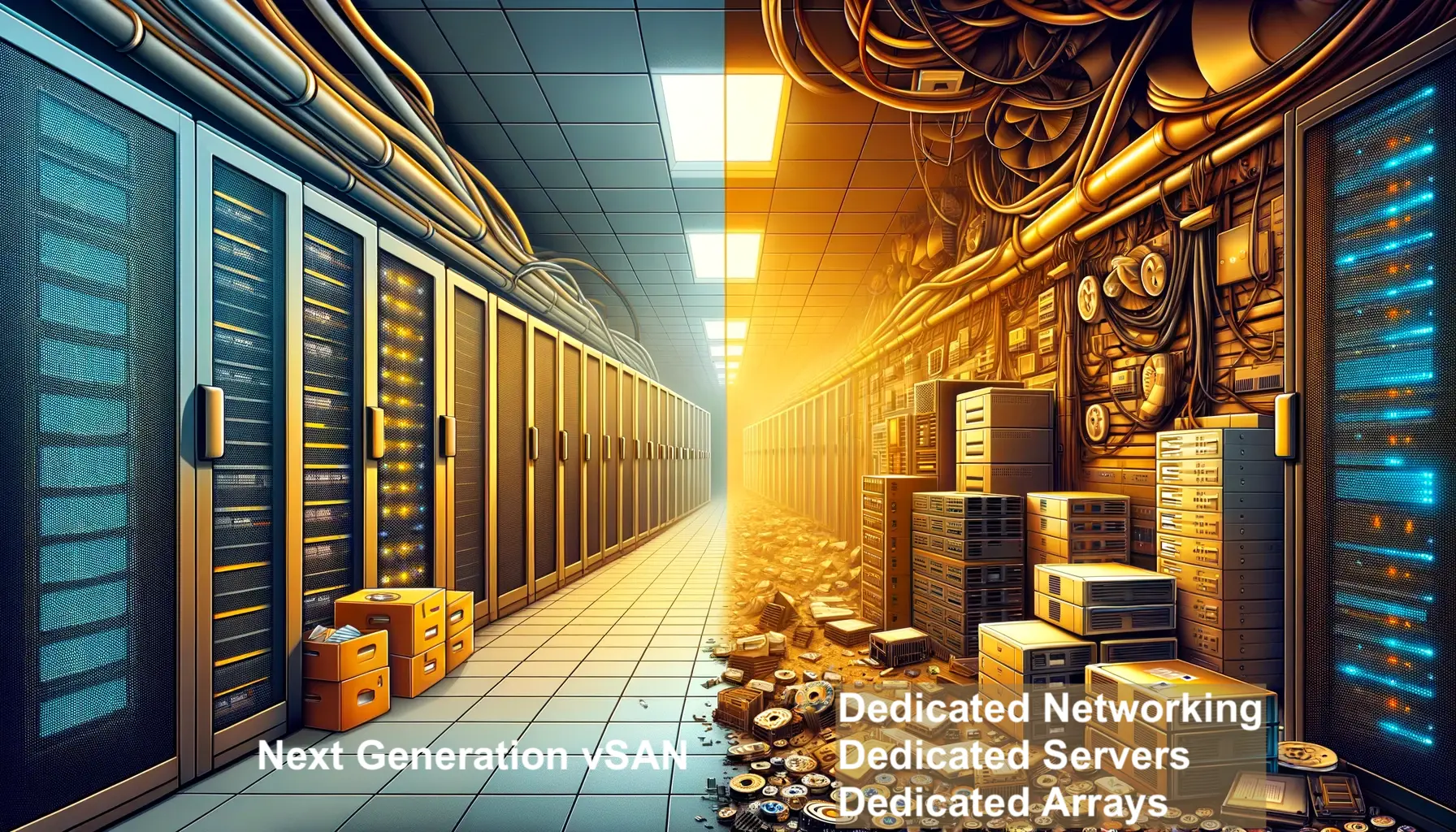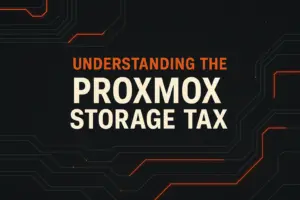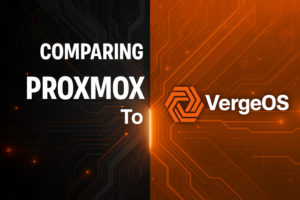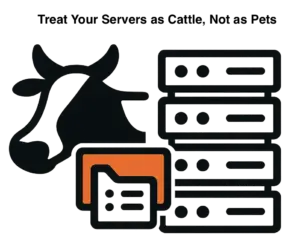The decision to use a vSAN vs. dedicated arrays is one that IT professionals continue to wrestle with. Despite the theoretical pricing and scaling advantages of a virtualized storage solution, dedicated storage arrays like All-flash SAN arrays or Network Attached Storage (NAS) systems are still the dominant choices.
In a contest between vSAN vs. dedicated arrays, why does legacy vSAN technology continually lose? Legacy vSAN technology is hampered by inefficient software code and lack of integration, which forces customers to buy more hardware than they should have to, upgrade that hardware before it reaches the end of life, and compromise on capabilities. For these reasons, customers feel they have no choice but to purchase a dedicated array.
In this post, we dive into the intricacies of creating a blueprint for a better vSAN so it can win the vSAN vs. dedicated arrays debate and organizations can benefit from a significant reduction in costs. This new blueprint needs to rectify the limitations of existing solutions like VMware’s vSAN and achieve, even exceed, feature parity with dedicated all-flash arrays while leveraging its cost advantages over traditional dedicated storage architectures.
Understanding vSAN
At its core, a vSAN is a storage software explicitly designed for a virtualized environment. It scales capacity and performance by adding nodes to the infrastructure and allows for utilizing commodity server-class storage media within the servers that host the hypervisor. The ideal vSAN architecture dramatically reduces storage costs, simplifies storage design and operations, and eliminates the need for overpriced storage controllers and the excessive markup on storage media.
Improve vSAN: The Blueprint
Improve vSAN Efficiency – Integrating the Hypervisor
A fundamental flaw in many vSAN solutions is their operation as standalone storage solutions, independent of the hypervisor. This separation leads to metadata redundancies and a performance bottleneck, as storage I/O is sometimes deprioritized in favor of hypervisor activities. The separation also leads to complexity as the environment scales. Each software component needs a separate communication path between nodes and must coordinate with the other software layers within the same node. As the environment scales, internal node performance is compromised, and the overhead of east-west traffic limits scalability to about eight to twelve nodes per instance.

By contrast, a better vSAN solution, exemplified by VergeIO’s approach, incorporates the hypervisor, a management GUI, and network functionality into a single efficient codebase. This integration enhances VM density and performance across compute and storage I/O, demonstrating a significant advancement over existing vSAN technologies and even dedicated all-flash arrays. An integrated approach also optimizes node-to-node communication activities, eliminating the east-west traffic overhead that often limits the scalability of legacy vSAN architectures. VergeOS’ implementation enables it to win the vSAN vs. dedicated arrays debate.
Improve vSAN Flexibility – Overcoming Hardware Constraints
The traditional response to inefficiencies in vSAN solutions has been to add more hardware:
- More servers or nodes
- More processors per server
- More RAM per server
- More sophisticated networking hardware

Because most licensing is driven by the number of processors or cores in the environment, the hypervisor software costs also rise dramatically, especially as new features or capabilities are implemented.
A better vSAN solution’s efficiency means less hardware. It leaves more processor and RAM resources to the hypervisor and its single communication path, especially if the unified solution includes networking capabilities, which means IT can leverage commodity switches, further lowering costs.
Lower vSAN Capacity Requirements Without Increasing Server Costs
Another aspect of the vSAN vs. dedicated arrays debate is data efficiency, achieved through methods like deduplication, and is crucial for reducing storage costs. Dedicated arrays seemingly have the upper hand since, although they raise hardware costs, they can dedicate processing power and RAM to the task. However, the addition of deduplication in many vSAN technologies has been an afterthought, leading to even more performance issues. Customers typically find deduplication’s additional requirements of more processing power and RAM capacity quickly erase the capacity-cost savings of deduplication.
VergeIO’s integrated approach embeds deduplication at its core, offering a cost-effective way to enhance capacity efficiency without necessitating additional hardware investments. Its economical use of processing power and RAM means customers can benefit from the 3:1 or greater efficiencies of deduplication at no additional cost in hardware.
Improve vSAN Availability – Intelligent Drive Failure Protection
Protecting against drive failures is non-negotiable for any storage solution. A drive failure must be handled seamlessly without interrupting data access. While most solutions include this, they come with more compromises, mostly in terms of recovery impact. With legacy RAID or Erasure Coding, application performance is greatly impacted during a failed state since it must calculate missing data in real-time while it is also trying to rebuild the failed drive. Performance impact while in a failed state is not a vSAN vs. dedicated array issue since both essentially use the same decades-old strategies.
VergeOS, once again, distinguishes itself by forgoing hardware RAID and complicated software-based protection schemes in favor of a more intelligent, device-level approach that ensures data access continuity and eliminates the impact on application performance during drive failures. VergeOS knows the exact location of each data segment down to the device level and the location of its redundant counterpart and can seamlessly serve up the missing data without additional processing overhead.
Improve vSAN Data Protections – Snapshots that Act Like Clones
The ability to manage snapshots effectively is another area where traditional vSAN solutions falter, often due to limitations in snapshot numbers and the complexity of metadata management. As a result, if the customer uses vSAN snapshots at all, it is typically to feed a backup process. The limitations of the implementation do not allow them to be used for backup and recovery effectively. Snapshot limitations are again not part of the vSAN vs. dedicated array debate since, although it is more pronounced with vSAN technology; both suffer from the same limitations.

VergeIO’s snapshot technology, powered by ioClone, transforms snapshots to behave like complete, immutable, independent copies of the source, simplifying metadata management and enabling unlimited snapshots without performance degradation or impacting capacity. Snapshots can be taken frequently and retained indefinitely, making them a critical component in our ioFortify ransomware resiliency solution.
Drive failure protection and data resiliency is only part of the capabilities of VergeOS. Watch our on-demand webinar to learn about our complete high-availability and resiliency capabilities.
Conclusion
By streamlining functions into a single codebase and incorporating advanced features such as built-in deduplication and intelligent drive failure protection, VergeIO redefines the standards for vSANs. This innovative approach, coupled with the utilization of commodity hardware and enhanced data efficiency, positions VergeOS to offer unmatched performance, scalability, and cost-effectiveness. This paradigm shift challenges conventional storage models and unveils new opportunities for organizations to refine their infrastructures, ensuring robustness, flexibility, and readiness to meet the demands of the contemporary data landscape.
- Schedule a technical whiteboard session to dive deeper into VergeOS’ capabilities.



